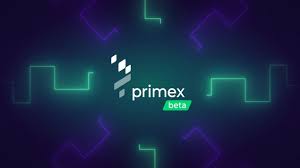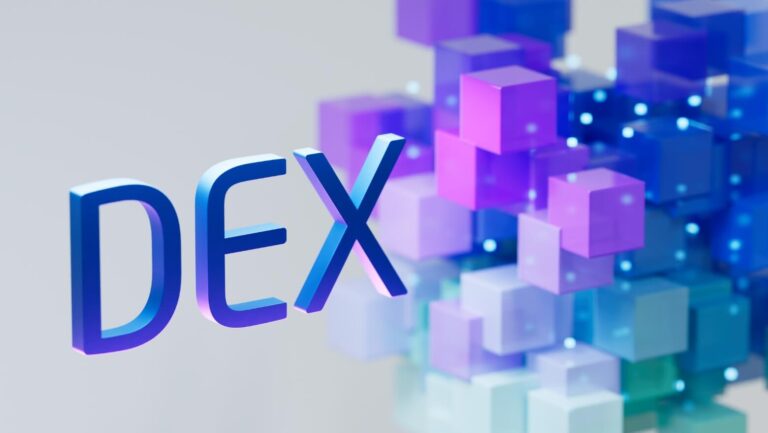Ethereum has solidified its position as the backbone of the decentralized finance (DeFi) movement. With numerous protocols and platforms leveraging Ethereum’s smart contract capabilities, the network’s role in reshaping traditional financial services is becoming more pronounced. This article explores the innovations and challenges Ethereum faces as it continues to drive the DeFi revolution.
Ethereum’s DeFi Ecosystem
The Ethereum blockchain is home to a vast array of DeFi projects, from decentralized exchanges (DEXs) to lending platforms and yield farming protocols. These applications use Ethereum’s smart contracts to create open, permissionless financial services that operate without intermediaries.
One of the most significant innovations in Ethereum’s DeFi ecosystem is the development of automated market makers (AMMs). AMMs, such as Uniswap and SushiSwap, allow users to trade tokens directly from their wallets without needing a traditional order book. This innovation has dramatically increased liquidity and reduced trading costs, making DeFi more accessible to a broader audience.
Another notable development is the rise of decentralized lending platforms like Aave and Compound. These platforms enable users to lend and borrow assets without relying on central banks or traditional financial institutions. By using smart contracts to manage collateral and interest rates, these platforms offer greater transparency and efficiency compared to traditional lending systems.
Challenges Facing Ethereum’s DeFi Landscape
Despite its rapid growth and innovative solutions, Ethereum’s DeFi sector faces several challenges. One of the primary concerns is scalability. As DeFi applications become more popular, the Ethereum network often experiences congestion, leading to high transaction fees and slower processing times.
To address these issues, Ethereum is undergoing several upgrades aimed at increasing its scalability. The most significant of these is Ethereum 2.0, which involves transitioning from a proof-of-work (PoW) to a proof-of-stake (PoS) consensus mechanism. This upgrade is designed to improve the network’s capacity and efficiency, making it more capable of handling the growing demands of DeFi applications.
Another challenge is regulatory uncertainty. As DeFi platforms operate in a largely unregulated space, there is an increasing concern about potential regulatory crackdowns. Governments and regulatory bodies are beginning to scrutinize DeFi projects more closely, and any regulatory changes could impact the growth and operation of these platforms.
Opportunities for Growth
Despite these challenges, Ethereum’s DeFi ecosystem presents significant opportunities for growth. The continued development of layer-2 scaling solutions, such as Optimistic Rollups and zk-Rollups, promises to enhance Ethereum’s scalability and reduce transaction costs, making DeFi applications more efficient and user-friendly.
Moreover, the expansion of DeFi into new areas, such as insurance and asset management, offers exciting prospects for innovation. By leveraging Ethereum’s smart contracts, these sectors can create novel financial products and services that challenge traditional models.
The Future of Ethereum in DeFi
Looking ahead, Ethereum’s role in DeFi is likely to become even more integral as the network continues to evolve and address its current challenges. The ongoing upgrades and innovations within the Ethereum ecosystem will play a crucial role in shaping the future of decentralized finance.
For crypto traders and investors, staying informed about the latest developments in Ethereum’s DeFi sector is essential for making strategic investment decisions. Understanding the innovations and challenges facing Ethereum will help traders navigate the evolving landscape and identify opportunities for growth in the DeFi space.
Ethereum’s impact on the decentralized finance sector is profound, driving innovation and transforming traditional financial services. While the DeFi landscape faces challenges such as scalability and regulatory uncertainty, Ethereum’s ongoing upgrades and expanding ecosystem offer promising opportunities for growth. For traders and investors, keeping up with Ethereum’s DeFi advancements is crucial for navigating the dynamic world of decentralized finance and making informed investment choices.



